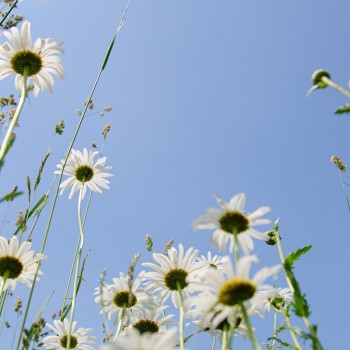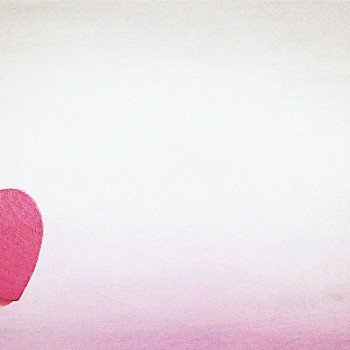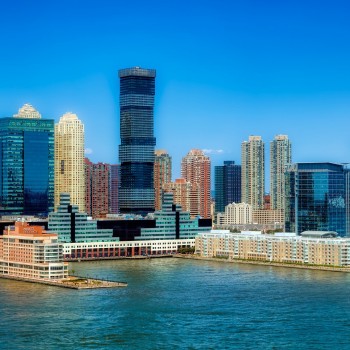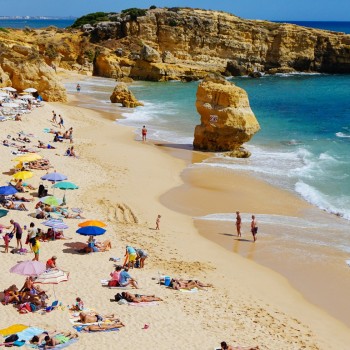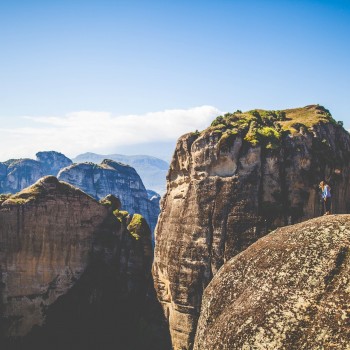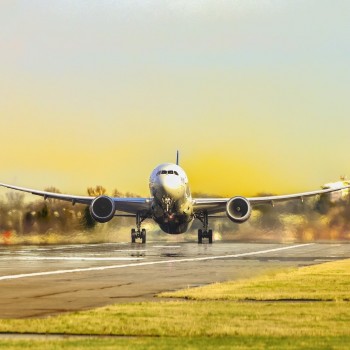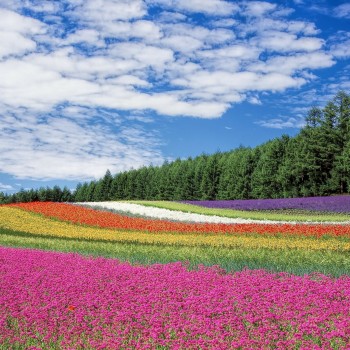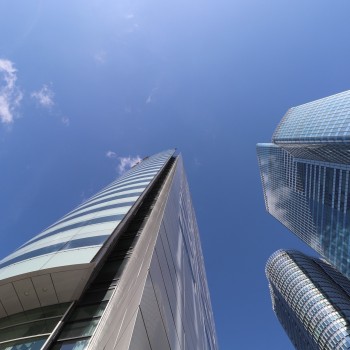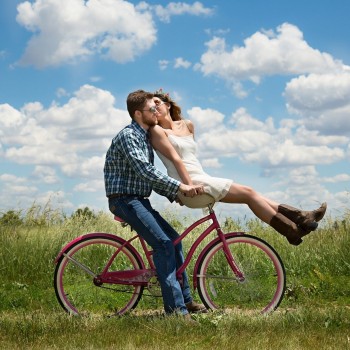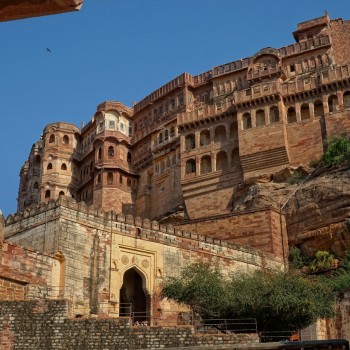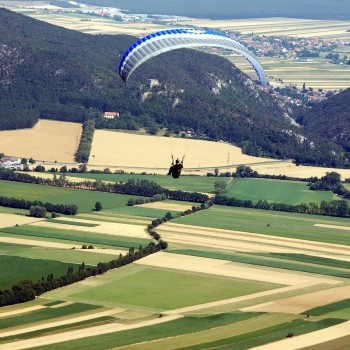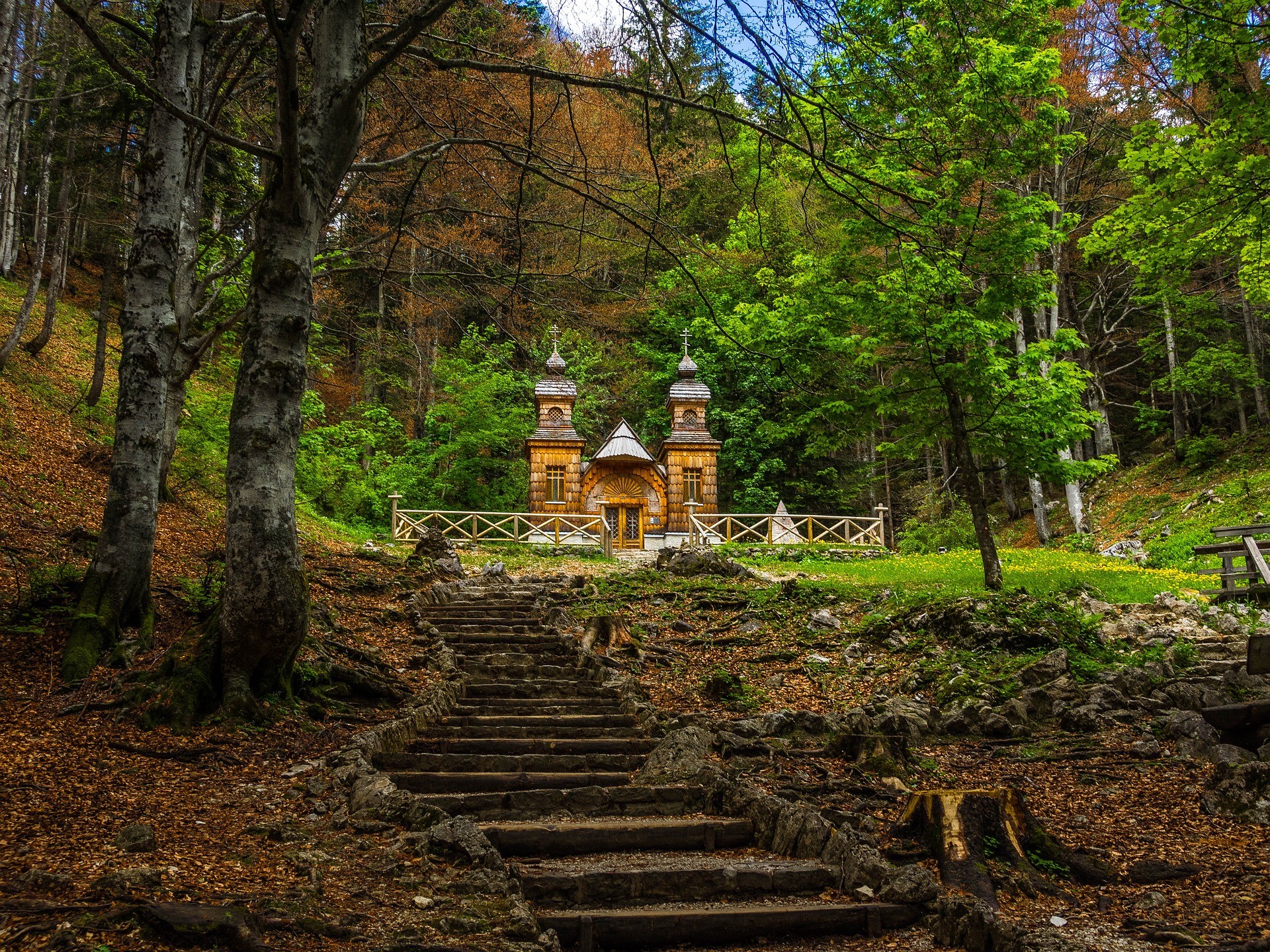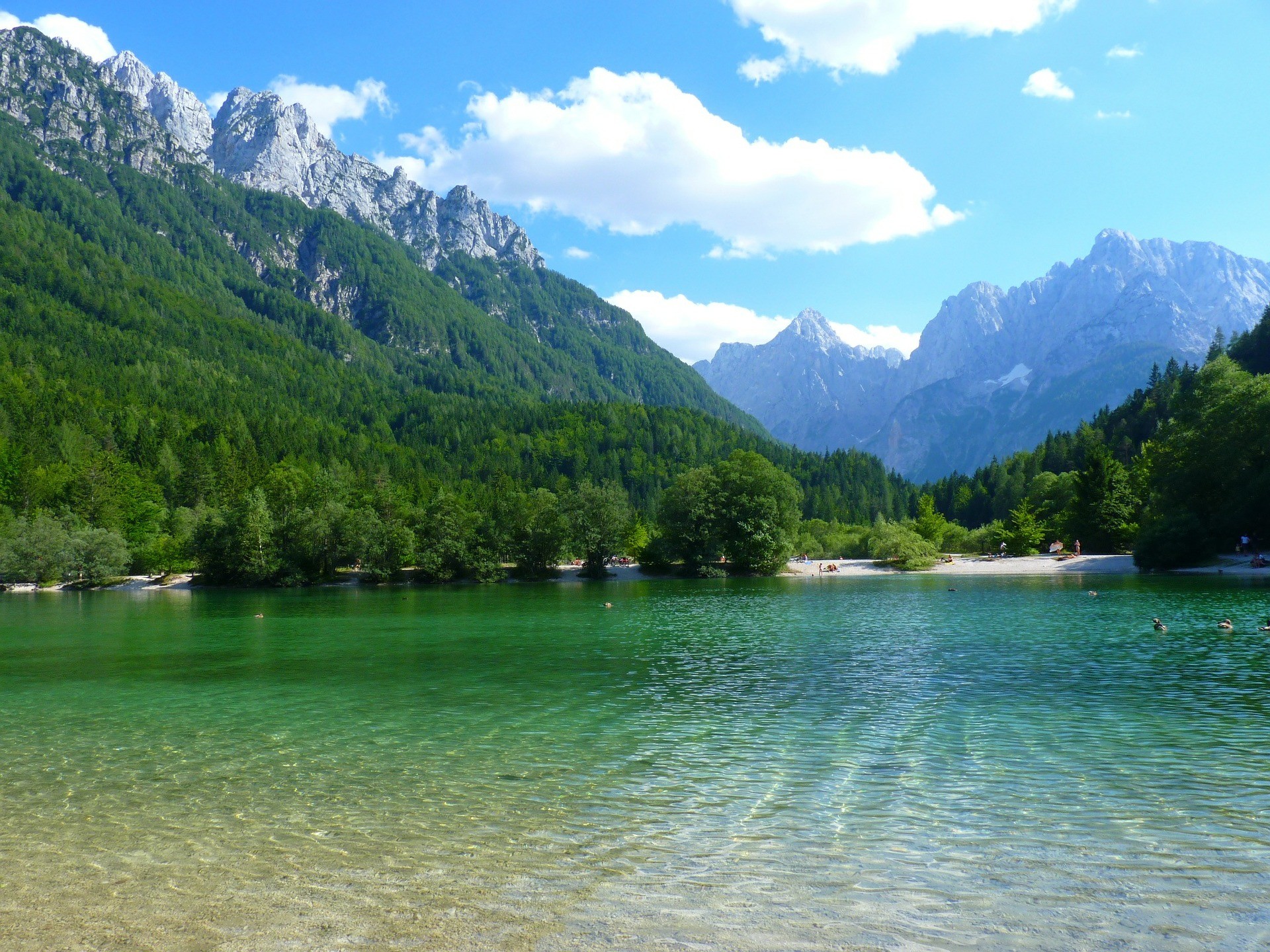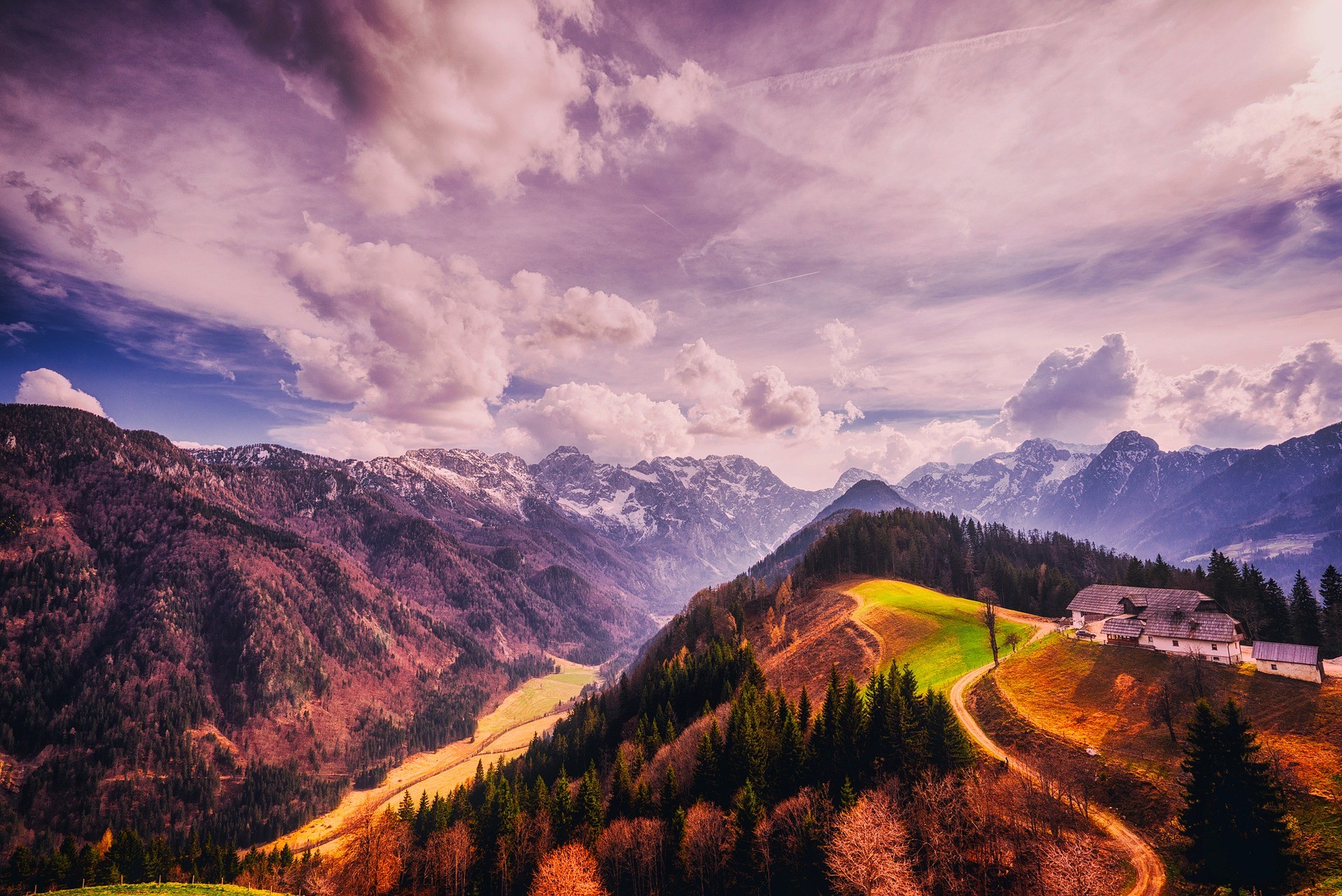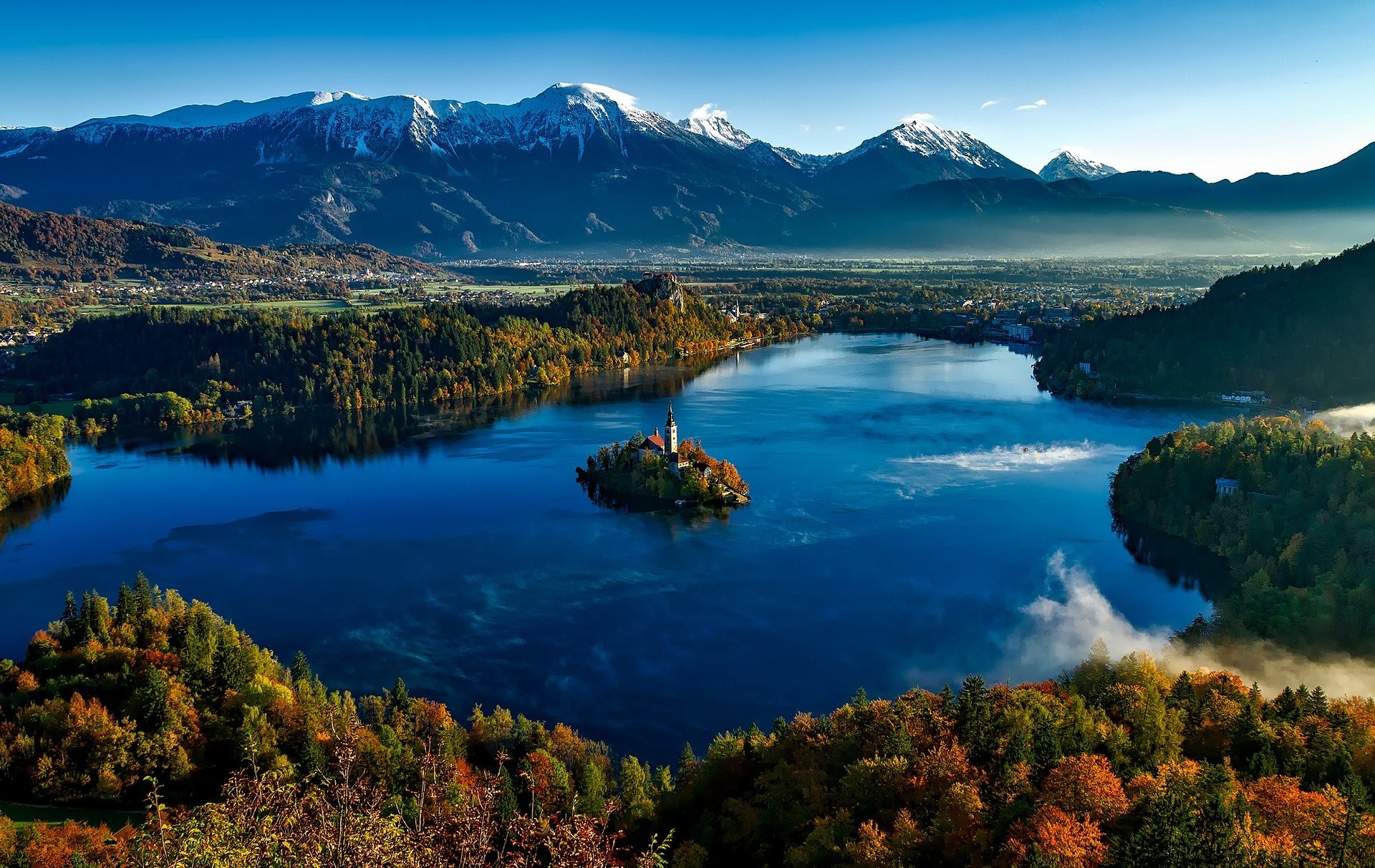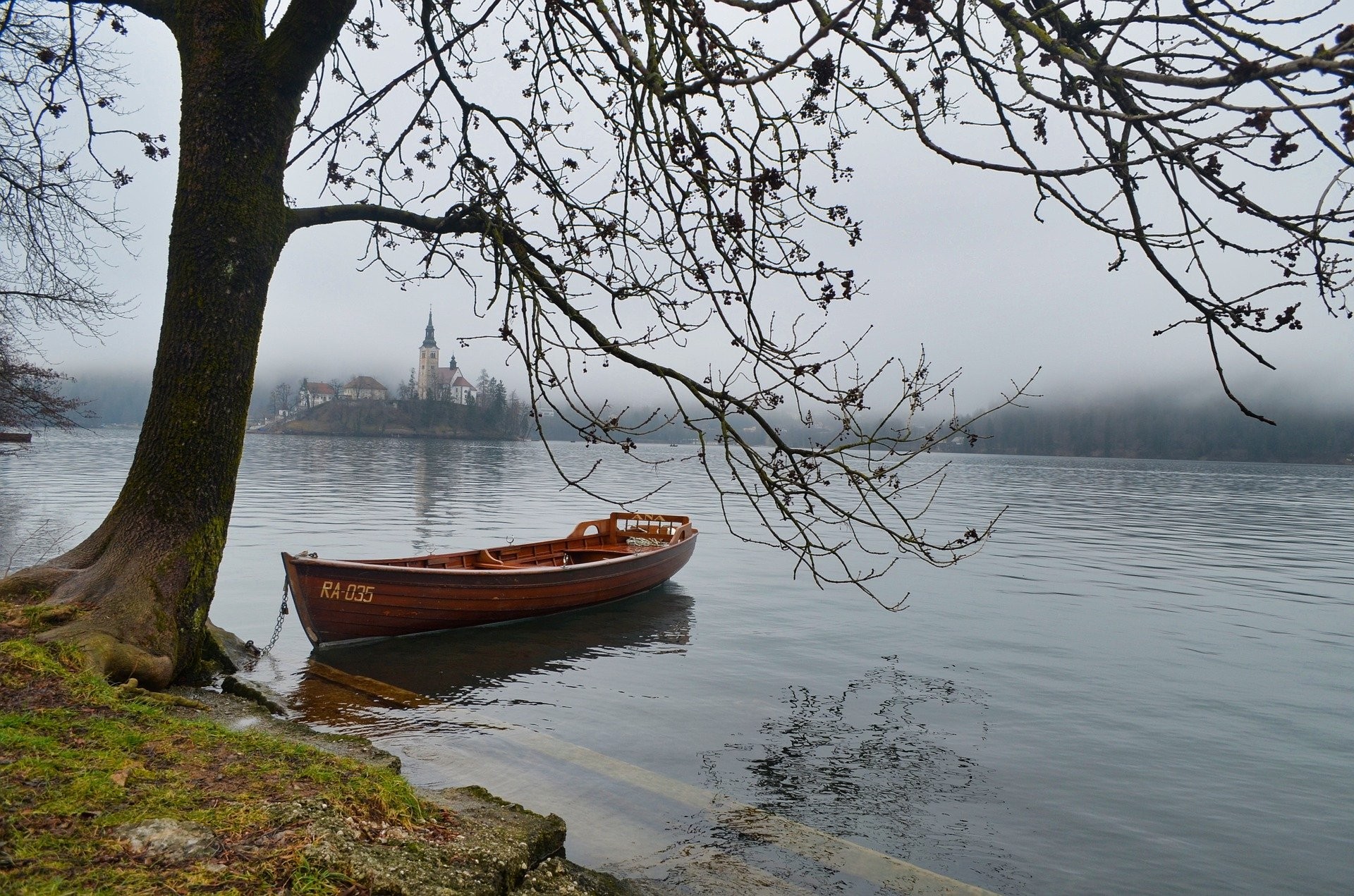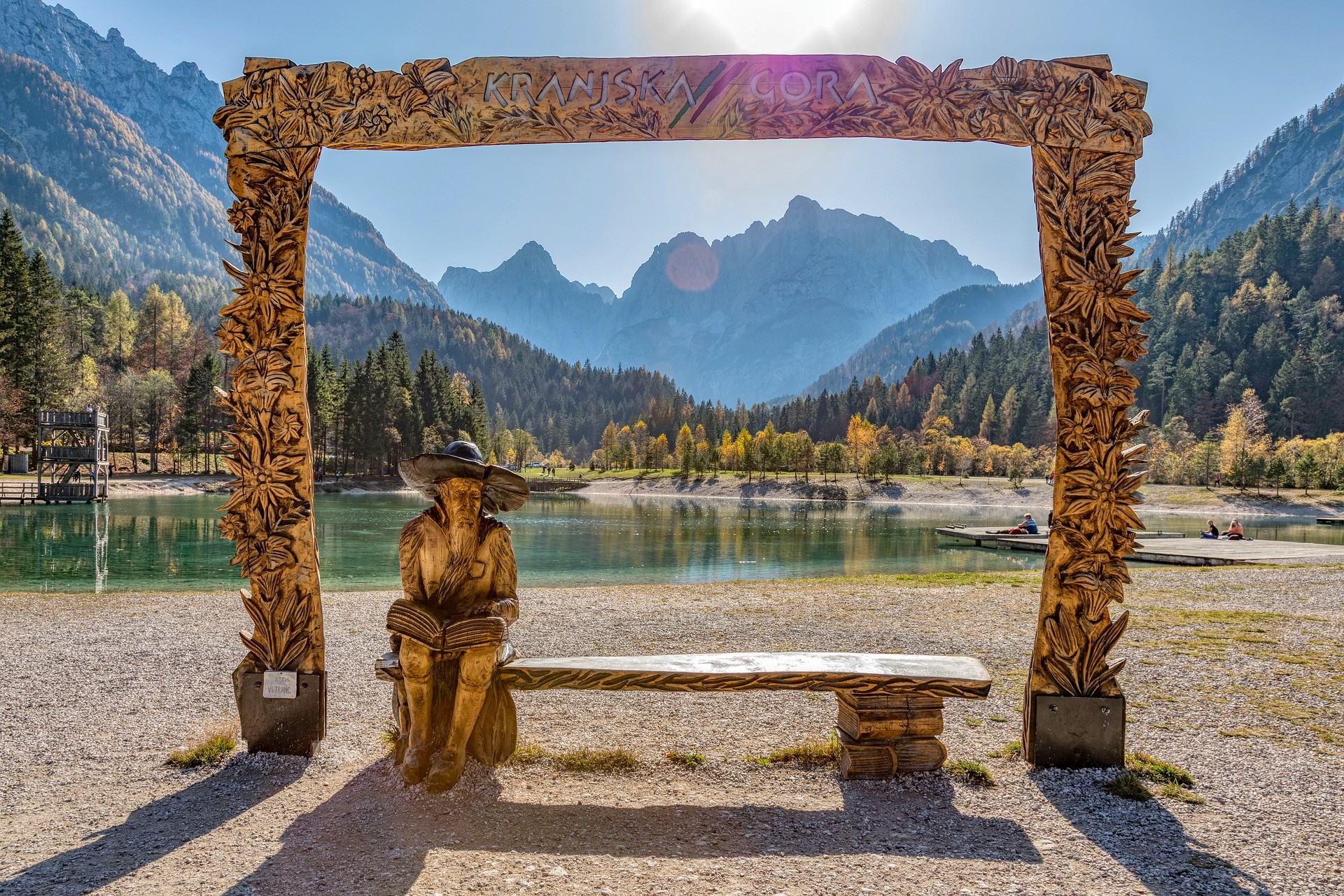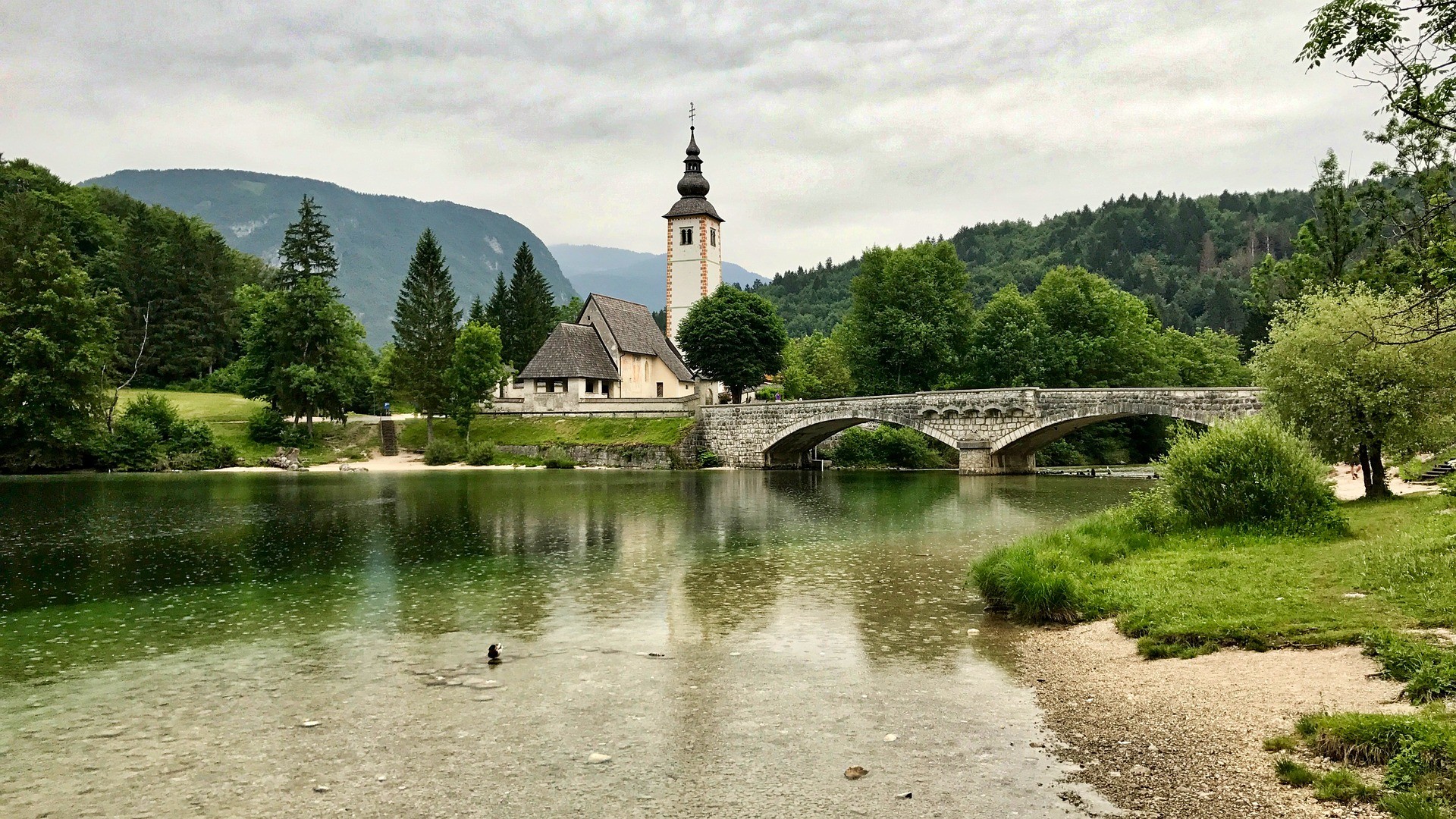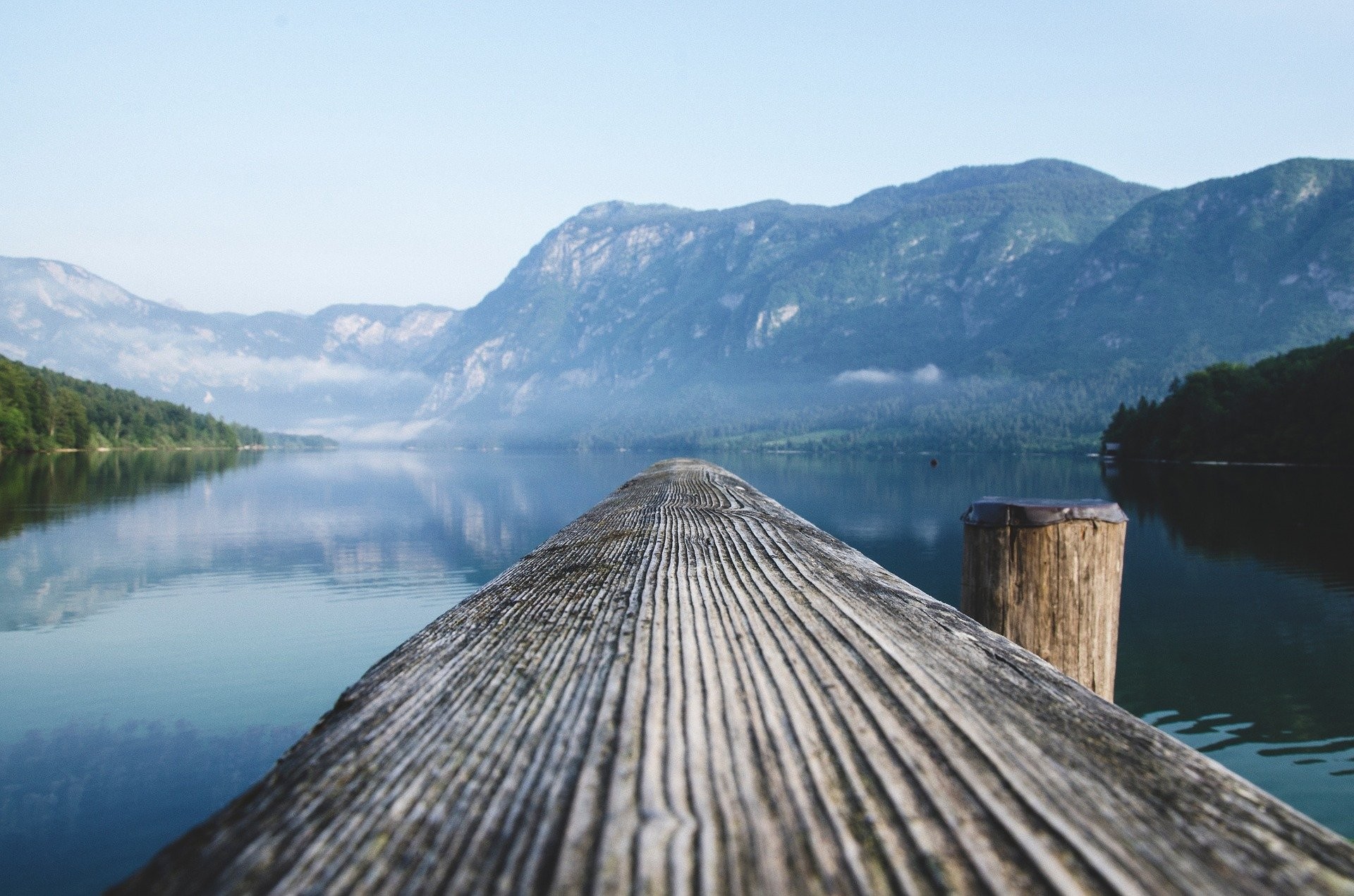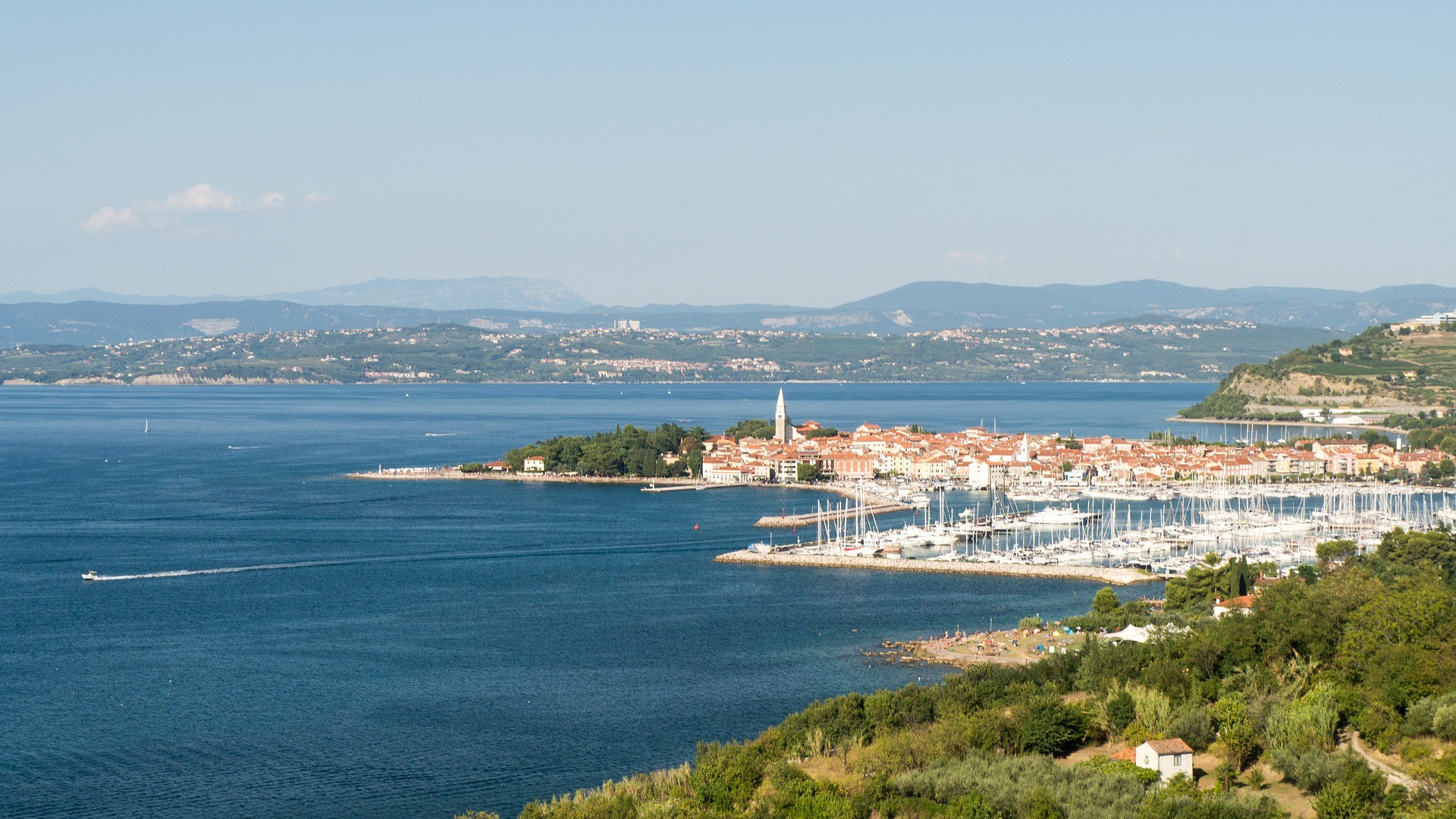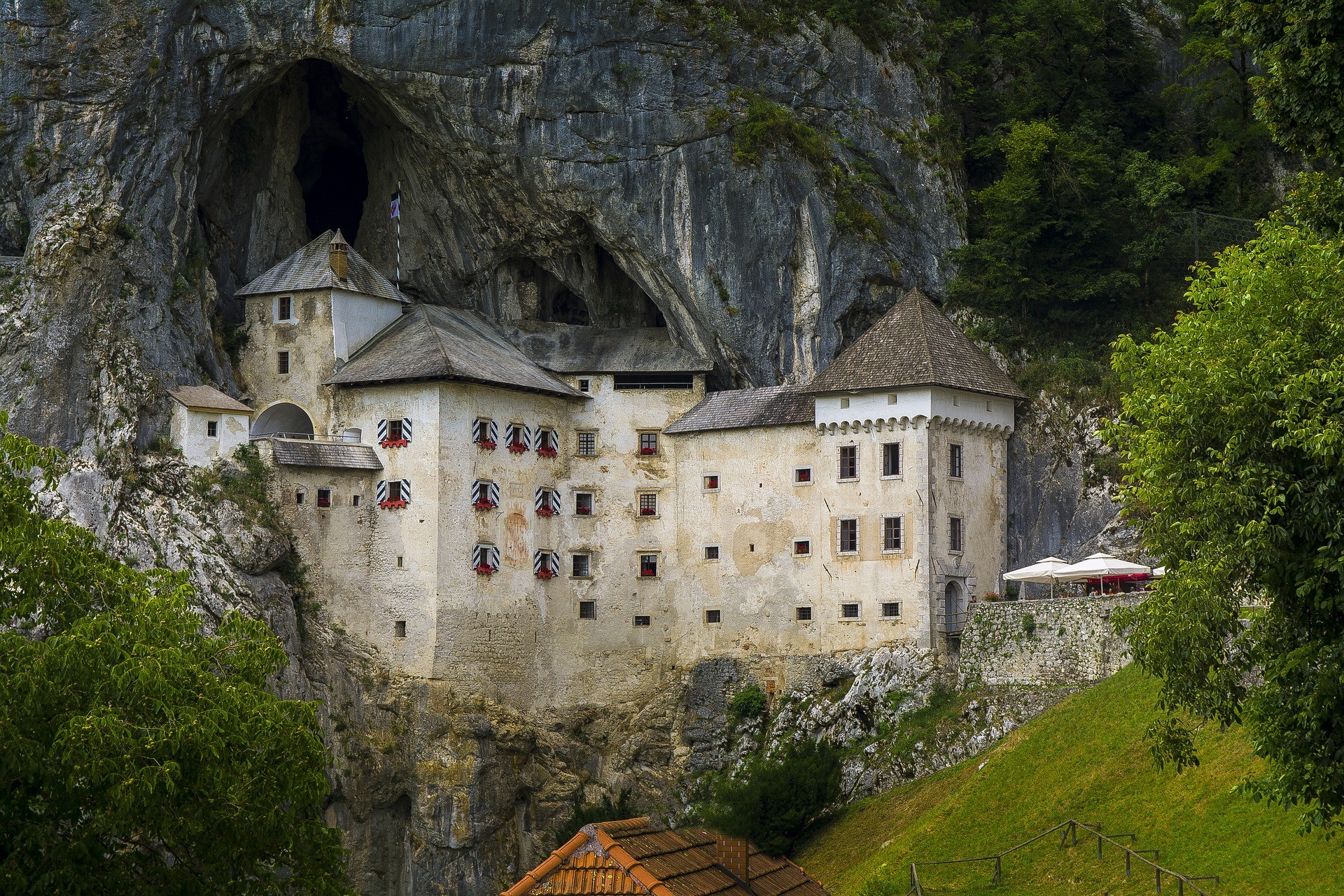Slovenia
Slovenia
Capital city description
Slovenia's capital is the city of Ljubljana. It serves as the nation's economic, educational, and cultural center. Ljubljana sustains an extensive industrial sector dominated by petrochemicals, pharmaceuticals, and food processing. Banking, tourism, transport, and construction are also significant employers.
The city houses numerous museums, theaters, and galleries and features architecture from various influences such as Roman, baroque, and renaissance. Some of the well-known landmarks in Ljubljana are the Franciscan Church of the Annunciation, the Town Hall, the Ljubljana Castle, the Ljubljana Cathedral, Nebotičnik, and the Robba Fountain. Ljubljana also features several famous bridges such as Triple Bridge, the Butcher's Bridge, the Dragon Bridge, and the Trnovo Bridge.
Climate
Slovenia has a continental climate. The climate is typical of the Alps in mountainous areas, cold and snowy in winter with intense summer rains. In the coastal zone (Koper), the Mediterranean has mild and dry summers with average temperatures of almost 30 ° C. At the same time, the winters are characterized by the Bora, a cold wind that blows from the northeast; in winter, in addition to the wind, heavy rains are also common.
Inland the continental climate takes hold; summers are hot but often subject to significant downpours, and winters are long, cold, and abundant snowfall. From November to February, temperature readings below freezing are expected. The average temperatures in July reached 21°C, while in January is 0°C.
Spring: March to May
Summer: June to August
Autumn: September to November
Winter: December to February
Languages spoken
Slovenia's official and national language is Slovene, spoken by a large majority of the population. It is also called Slovenian in English.
Fun/Fascinating Facts
- Slovenians are known as great wine lovers. There is no less than one vineyard for 70 people in the country.
- Slovenia is home to the oldest vine that still produces grapes; it can be found in the city of Maribor.
- Slovenia has more than 10.000 caves to explore. The most famous cave is known as Postojna cave.
- Most Slovenians are beekeepers. There are around 90,000 beekeepers in Slovenia.
- Lake Bled is the most famous tourist destination in Slovenia. It is the only natural island in Slovenia. Just under an acre in size, it now houses several buildings, including a 17th-century church dedicated to the Assumption of Mary.
Unique Customs/Traditions
- Slovenia hosts the Blessing of the Motorcycles every spring. Priests bless the bikes in the hope of a safe driving season. The local Moto Clubs organize events, and they vary in size. Only a couple of motorcycles are blessed in the smallest circumstances, and the larger ones can bring together up to ten thousand motorcycles.
- Beekeeping is one of Slovenia's cultural heritage's oldest and most unchanging parts. There are five beekeepers per thousand inhabitants in less than two million people.
- Bobbin lacemaking in Slovenia is a traditional handicraft of making lace by crossing and twisting thread wounds on special wooden sticks known as bobbins. The lace is frequently seen on clothing and decorative home and religious settings.
Popular universities
| Name | Description | |
|---|---|---|
| Univerza v Ljubljani (University of Ljubljana) | Univerza v Ljubljani (University of Ljubljana) is a non-profit public higher education institution located in the urban setting of the medium city of Ljubljana, Lower Carniola. The university has 23 faculties and three academies. Univerza v Ljubljani (UL) offers courses and programs leading to officially recognized higher education degrees such as bachelor's degrees, master's degrees, doctorate degrees. This institution also has branch campuses in the following locations: Portorož, Crnomelj, Krško, Kranj, Nova Gorica, Slovenj Gradec, Ptuj, Postojna, Celje, Trbovlje, Murska Sobota. | |
| Univerza v Mariboru (University of Maribor) | Univerza v Mariboru (University of Maribor) is a non-profit public higher education institution located in the small city of Maribor, Styria, established in 1961. The university is consists of 17 faculties. Univerza v Mariboru (UM) offers courses and programs leading to officially recognized higher education degrees such as bachelor's degrees in several areas of study. This institution also has branch campuses in the following locations: Kranj, Ljubljana, Celje, Krško, Koper, Murska Sobota, Novo Mesto, Slovenj Gradec, Nova Gorica, Trbovlje, Postojna. | |
| Univerza na Primorskem (University of Primorska) | Univerza na Primorskem (University of Primorska) is a non-profit public higher education institution located in the urban setting of the large town of Koper Slovene Littoral. The university has six faculties and one college: Faculty of Education, Koper, Faculty of Humanities, Koper, Faculty of Management, Koper, Faculty of Mathematics, Natural Sciences and Information technologies - Koper, Faculty of Tourism Studies, Portorož, Faculty of Health Care, Izola, College of Design, Ljubljana. Univerza na Primorskem (UP) offers courses and programs leading to officially recognized higher education degrees such as bachelor's degrees, master's degrees, doctorate degrees in several areas of study. This institution also has branch campuses in the following locations: Izola, Piran. | |
| IEDC-Bled School of Management | IEDC-Bled School of Management is a private higher education institution located in the medium town of Bled, Upper Carniola, established in 1986. This institution also has a branch campus in Vienna. Officially recognized by the Ministrstvo za izobraževanje, znanost in šport, Republika Slovenija (Ministry of Education, Science, and Sport of Slovenia), IEDC-Bled School of Management (IEDC) is a coeducational Slovenian higher education institution. IEDC-Bled School of Management (IEDC) offers courses and programs leading to officially recognized higher education degrees such as master's degrees doctorate degrees in several areas of study. | |
| Alma Mater Europaea | Alma Mater Europaea is a private higher education institution located in the small city of Maribor, Styria. This institution also has branch campuses in the following locations: Koper, Ljubljana, Murska Sobota. Founded in 2007 and Officially recognized by the Ministrstvo za izobraževanje, znanost in šport, Republika Slovenija (Ministry of Education, Science, and Sport of Slovenia). Alma Mater Europaea (AMEU-ECM) offers courses and programs leading to officially recognized higher education degrees in several areas of study. | |
Festivals & Events
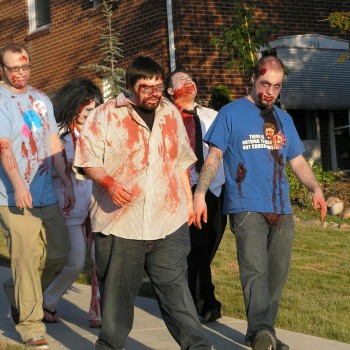
Grossmann Fantastic Film & Wine Festival
Date: July
The Grossmann Fantastic Film & Wine Festival is an unusual festival in Slovenia in Ljutomer during July. The theme of this festival is fantasy and horror cum sci-fi movies that the mainstream media have forgotten. This festival was first held in 2005 and hosted every year since then.
The film programs are accompanied by wine tastings, concerts, expeditions, etc., The highlight being the traditional Zombie walks, making this one of the most mesmerizing Slovenia festivals.

Kurentovanje - International Carnival
Date: July
Kurentovanje, a festival of spring and fertility, is the most famous Mardi Gras celebration in Slovenia. The festival takes place between Candle Mass and Ash Wednesday, in the oldest town of Ptuj.
The festival focuses on Slovenia’s most crucial folklore character Kurent. The cowbells on Kurent’s belt make a loud noise, which is believed to chase away the winter and attract spring and a good harvest.
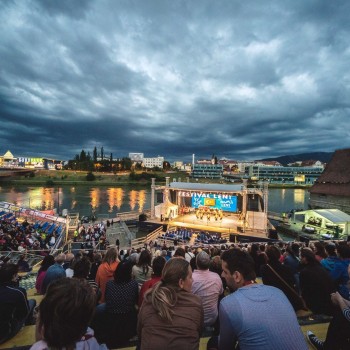
Lent Festival
Date: March to April
Lent Festival has been observed for about 20 years now, making it the largest open-air festival in Europe, luring over half a million visitors every year. At approximately twenty-three venues around Maribor city center, visitors can admire theater performances, ballet, concerts, stand-up, opera, magicians, folklore, and much more.
Known as a family-friendly festival, Lent offers an enjoyable program for children each year. The festival ends with splendid fireworks over the Drava River.
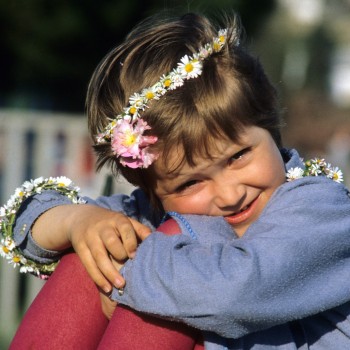
Mladi Levi
Date: 24th August to 1st September
The Mladi Levi is an international festival of dance and contemporary theatre performances at the end of the summer in two primary venues, individual performances in the courtyards, streets, and old buildings of the city.
The festival lasts for over ten days and offers a section of Slovenian performances and an international version.

Ana Desetnica International Street Theatre Festival
Date: July
Ana Desetnica International Street Theatre Festival is the biggest festival of street theatre and arts on the streets of Ljubljana annually at the beginning of summer. The festival hosts children's shows, dance performances, small and large-scale productions, and provocative shows suitable for adults. Spectators have enjoyed mimes, magicians, dancers, and theater groups.
Attractions / Top Sights
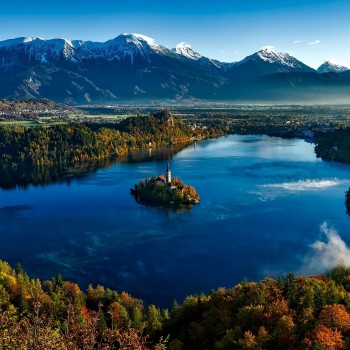
Bled Lake
When to visit: Between May and September
Bled Lake is one of the most famous and romantic destinations in the Julian Alps of the Upper Carniolan region of northwestern Slovenia. A crystal blue lake, protected by a castle overlooking the waters with a none-more-idyllic island in the middle, Bled Lake is a Disney scene come to life.
The traditional wooden boats called pletnas-take visitors to the island in the middle of the lake. These boats are operated by standing rowers known as pletnars. The island has surrounded by many impressive buildings, the main one being the pilgrimage church dedicated to the Assumption of Mary, and the stunning Bled castle, the oldest castle in Slovenia.
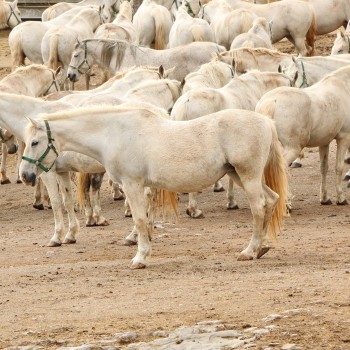
Lipica
When to visit: In summer
Lipica is the original stud farm of the Lipizzaner, one of the most highly prized and valuable horse breeds in the world. Lipica is famous worldwide for its Lipizzaner horses, and the stud farm here has over 400 years of history behind it.
Lipica estate is home to more than 300 white Lipizzaners and one of Slovenia's most famous tourist destinations.
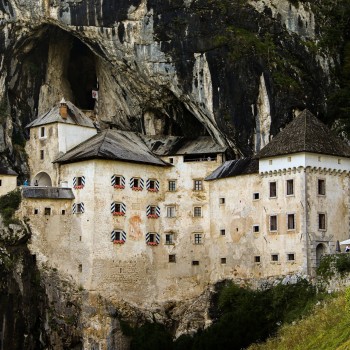
Predjama Castle
When to visit: In spring and summer
Predjama Castle is a majestic Renaissance castle built inside a cave. The castle used to be home to Erazem Lueger, a knight known as the local Robin Hood. Behind the most extensive cave castle in the world, there is a network of secret tunnels, from where the knight Erazem of Predjama would set out on his plundering expeditions. T

Triglav National Park
When to visit: In spring and summer
The Triglav National Park is the only National Park in Slovenia and is one of the most stunning sights in Slovenia, favored for a nature lover's paradise with picturesque views of the mountains, hills, lakes, rivers, and pastures.
Triglav National Park offers an excellent experience in the form of many enjoyable adventures such as hiking, kayaking, rafting, skydiving, and parasailing.
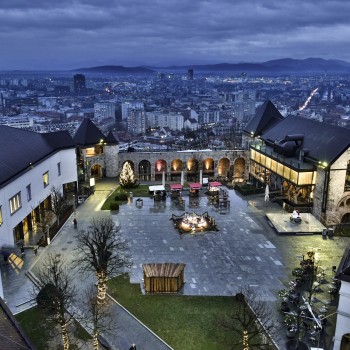
Ljubljana Castle
When to visit: In spring and summer
Ljubljana's leading attraction is the majestic Ljubljana Castle, located above the city, on top of Castle Hill. The castle houses a museum exhibition on Slovenian history, a puppet museum, and several historical rooms such as the Chapel of St George, the Prison, and a video presentation room called Virtual Castle. The castle's Outlook Tower and ramparts offer some of the city's most breathtaking views.

Postojna Cave
When to visit: In spring and summer
Postojna Cave is the famous underground cavern surrounded by beautiful stalagmites and stalactites. Postojna Cave is the only cave globally with its electric two-track railway making it the most visited cave worldwide.
Postojna Cave boasts some extraordinary underground chambers. One of these chambers hosts the world's most extensive underground tableau vivant Nativity scene during the Christmas season.
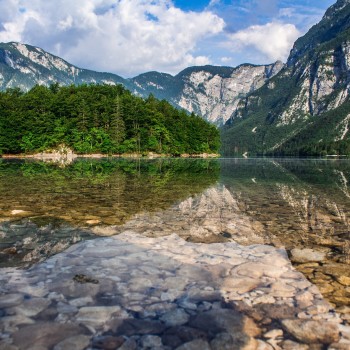
Lake Bohinj
When to visit: April to October
Lake Bohinj is the largest glacial lake in Slovenia, located in Bohinj Valley within Triglav National Park. The clear and pristine waters are the habitat of brown trout, burbot, European chub, common minnow, and Arctic char, eight genera of mollusks, and numerous algae species. It is a popular day trippers' destination for swimming and other water sports.
The beautiful place is also great for many exciting outdoor activities such as biking and hiking, horse riding, and other water sports activities like kayaking, canoeing, and the like, attracting many tourists annually. It is an excellent base for exploring the majestic Julian Alps.

